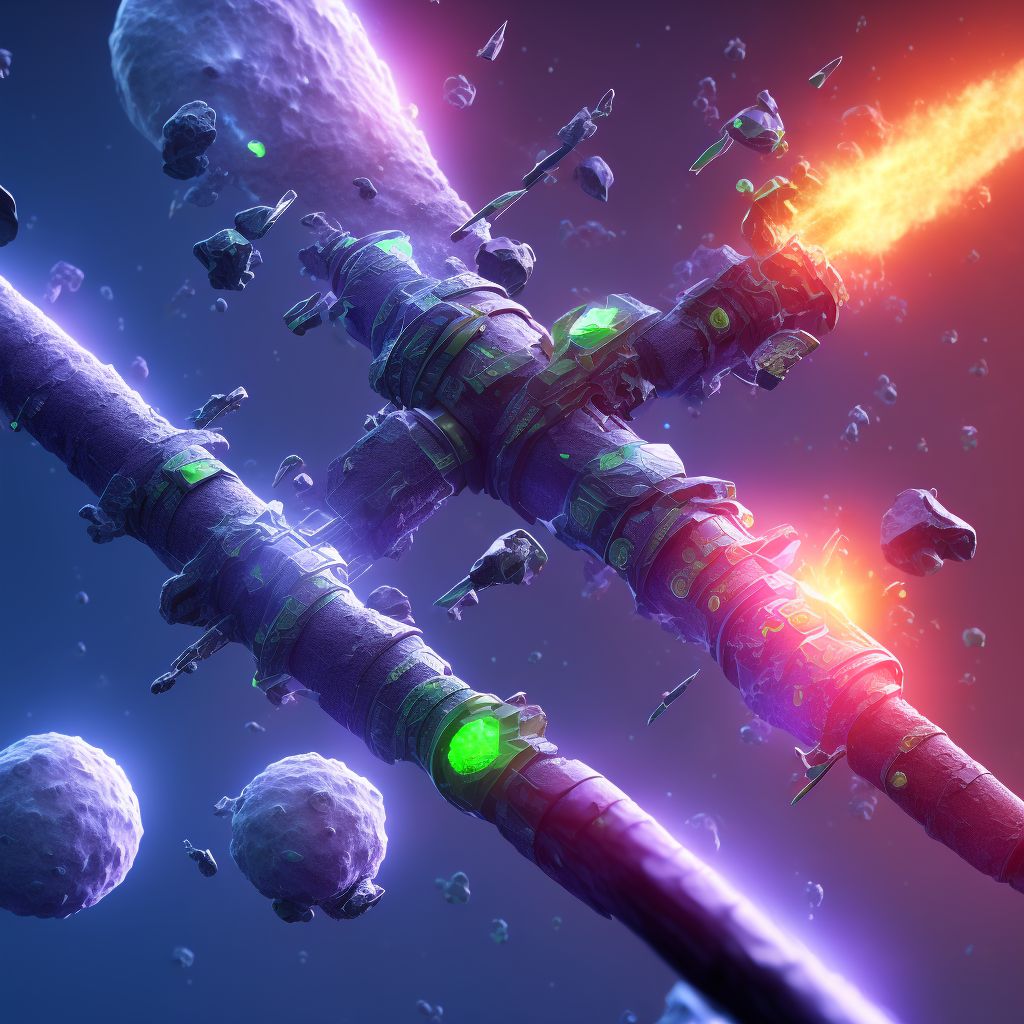
Nondisplaced oblique fracture of shaft of left fibula, subsequent encounter for open fracture type IIIA, IIIB, or IIIC with malunion Save
ICD-10 code: S82.435R
Disease category: S82.435: Nondisplaced oblique fracture of shaft of left fibula
Nondisplaced Oblique Fracture of Shaft of Left Fibula: Understanding Open Fracture Types IIIA, IIIB, or IIIC with Malunion
When it comes to fractures, the nondisplaced oblique fracture of the shaft of the left fibula is a common occurrence. However, in some cases, complications such as open fracture types IIIA, IIIB, or IIIC with malunion can arise, leading to further challenges in the healing process.
An open fracture refers to a bone fracture that breaks through the skin, potentially causing an increased risk of infection and delayed healing. Type IIIA open fractures involve a wound smaller than 1 cm, while type IIIB fractures present with a wound larger than 1 cm and significant soft tissue damage. Type IIIC fractures are the most severe, involving arterial injury and requiring immediate surgical intervention.
When a nondisplaced oblique fracture of the shaft of the left fibula results in malunion, it means that the bone has healed in an incorrect alignment. This misalignment can lead to functional limitations, pain, and potential long-term complications for the patient.
Understanding the different types of open fractures and the possibility of malunion is crucial for healthcare professionals who are involved in the care of patients with these injuries. Accurate diagnosis and classification of the fracture and the subsequent open fracture type enable healthcare providers to determine the appropriate treatment and management strategies.
- Thorough physical examination: Assessing the extent of the wound, the presence of soft tissue damage, and any associated injuries is essential.
- Imaging studies: X-rays, computed tomography (CT), or magnetic resonance imaging (MRI) scans may be necessary to evaluate the fracture pattern, identify potential complications, and aid in treatment planning.
- Classification and documentation: Proper documentation of the fracture type according to the Gustilo-Anderson classification system is crucial for effective communication between healthcare providers and for monitoring the patient's progress.
While this article does not cover treatment options for nondisplaced oblique fractures of the shaft of the left fibula with open fracture types IIIA, IIIB, or IIIC with malunion, it emphasizes the importance of accurate diagnosis and classification. Healthcare professionals can then develop appropriate treatment plans to ensure optimal healing and functional outcomes for their patients.
Treatment of Nondisplaced oblique fracture of shaft of left fibula, subsequent encounter for open fracture type IIIA, IIIB, or IIIC with malunion:
Treatment Options for Nondisplaced Oblique Fracture of Shaft of Left Fibula with Malunion
A nondisplaced oblique fracture of the shaft of the left fibula with malunion can cause significant discomfort and functional limitations. It is crucial to explore appropriate treatment options to ensure optimal recovery and restoration of normal leg function. Here are some treatment options t...
To see full information about treatment please Sign up or Log in